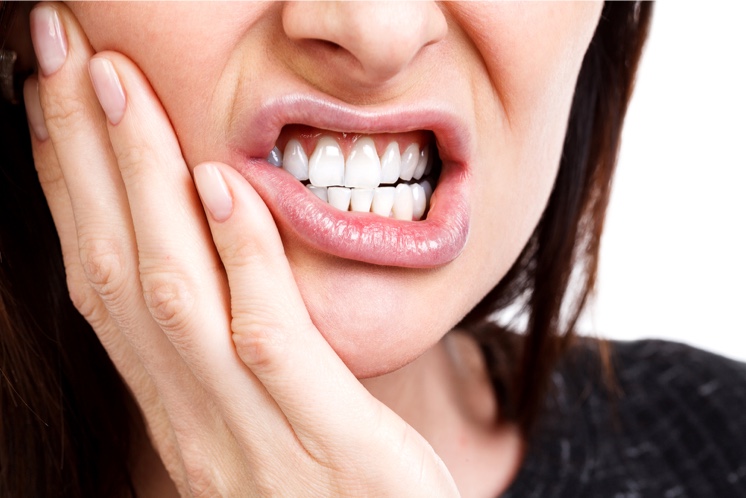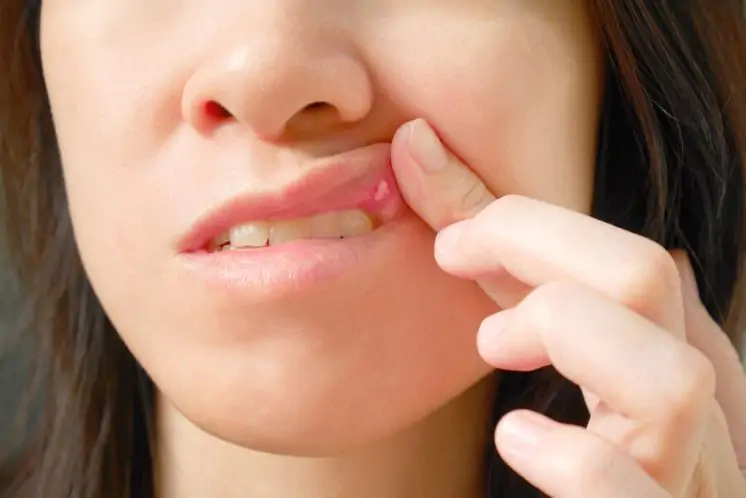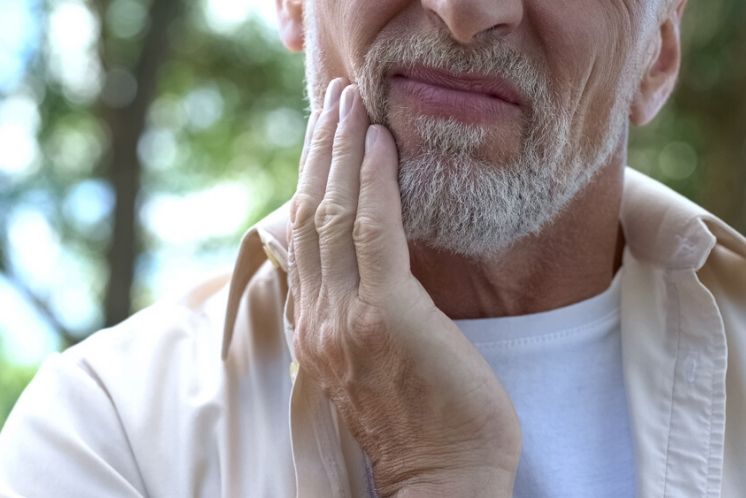Toothache in children: how to calm it

Tooth and molar pain in children can cause us a series of doubts as adults, especially if it is the first time that the child suffers such discomfort: How much will it hurt? What can they take for tooth pain? Do I need to take them to any emergency dentist?
If there is no fever or facial inflammation, toothache in children is generally not an emergency. It is important to make the child show you where the pain is and to try and find out approximately how long their tooth has been hurting.
It is advisable to look inside your child’s mouth to search for possible signs of tooth decay, and to ask them about possible recent injuries. A blow to a tooth or the jaw may not have caused pain to the tongue or lips, but it may have damaged a tooth or nerve.
It is necessary to check if there are any evident signs of damage inside the lips and tongue that may reveal signs of trauma, minor cuts, scratches or bruises. Even if everything seems normal, the tissue of the pulp within the tooth may have been damaged or even die as a result of a trauma.
Common causes of molar and tooth ache
The most common causes of toothache in children are as follows:
- Presence of tooth decay. Tooth decay causes pain and is quite common in children.
- Eruption of new teeth. As children lose their milk teeth, the growth of new teeth can cause pain as they exercise pressure on the gums.
- Presence of cracks or fractures. Children with unaligned teeth or with the habit of grinding their teeth may develop cracks or splinters, which can cause sensitivity on eating or drinking. These cracks or fractures may be due to possible traumas.
- Inadequate brushing. Children often brush their teeth too vigorously, wearing down their dental enamel and their gums, causing bruises and cuts to their gums and, consequently, sensitive teeth.
- Diet. Sometimes, tooth pain can be due to the fact that the child has recently eaten a food item that was too hard, too acidic or too sweet.
If nothing unusual is found, such as an apparent swelling or an obvious cavity but the pain persists, the best thing is to visit your dentist as soon as possible.
Tips to calm pain
While you attend the appointment, the following measures can be taken to calm tooth or molar pain in children.
- Give over-the-counter painkillers, such as paracetamol or ibuprofen in doses suited to their age and weight to calm the pain.
- Furthermore, a cold pack can be applied to the outside of the jaw, especially if there is swelling, next to the painful area.
- Mouthwashes with saltwater are highly effective when the discomfort is due to mucous injuries.
Even if the tooth pain is successfully controlled, it is important to visit the child’s odontologist or paediatric dentist as soon as possible to assess the possible causes and to treat them before the pain occurs again.








